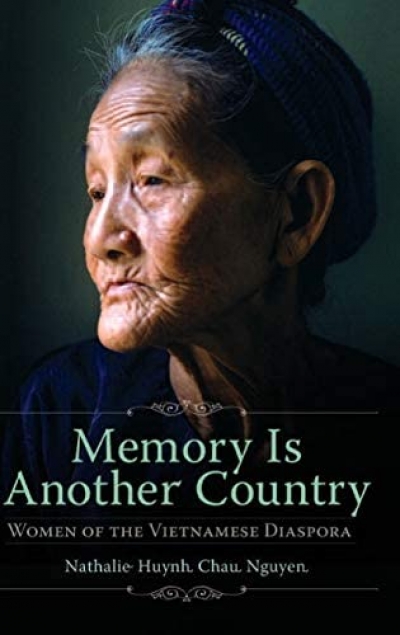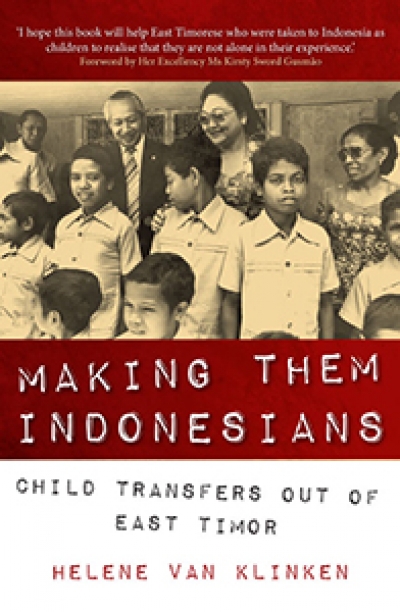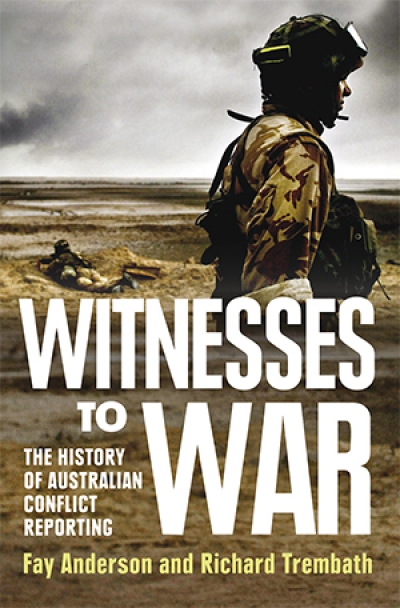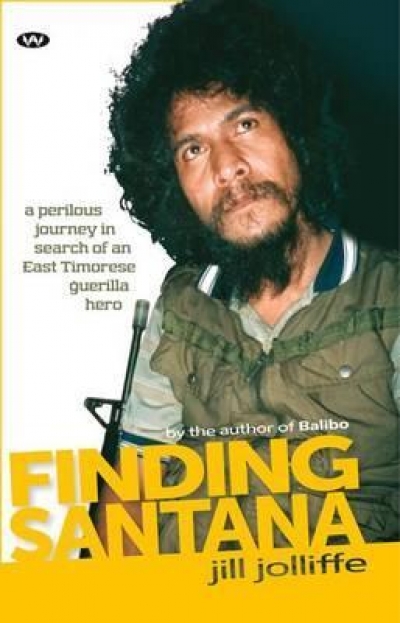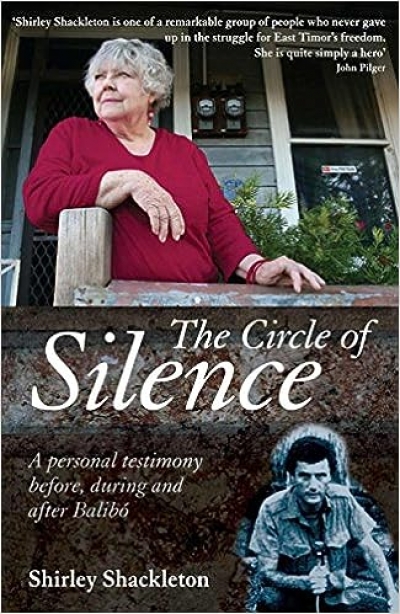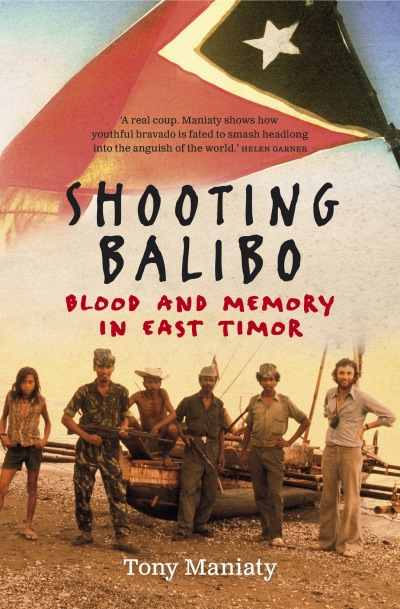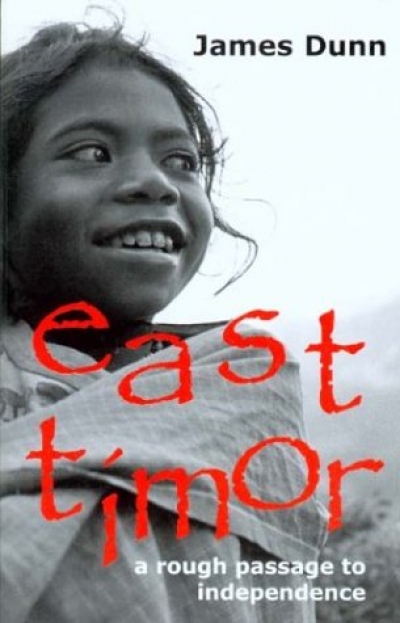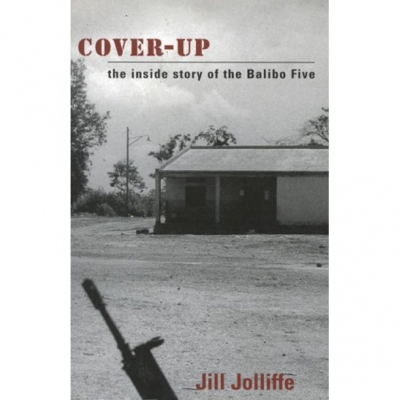Jill Jolliffe
Memory is Another Country: Women of the Vietnamese diaspora by Nathalie Huynh Chau Nguyen
by Jill Jolliffe •
Making Them Indonesians: Child transfers out of East Timor by Helene van Klinken
by Jill Jolliffe •
Witnesses to War: The History of Australian Conflict Reporting by Fay Anderson and Richard Trembath
by Jill Jolliffe •
The Circle of Silence: A Personal Testimony Before, During and After Balibo by Shirley Shackleton
by Jill Jolliffe •
Shooting Balibo: Blood and memory in East Timor by Tony Maniaty
by Jill Jolliffe •
Cover-Up: The inside story of the Balibo Five by Jill Jolliffe
by Jill Jolliffe •

